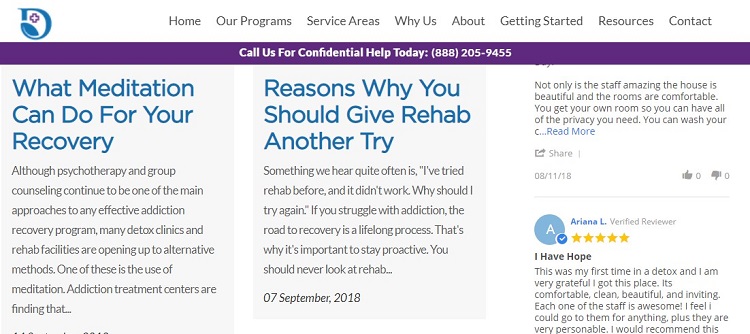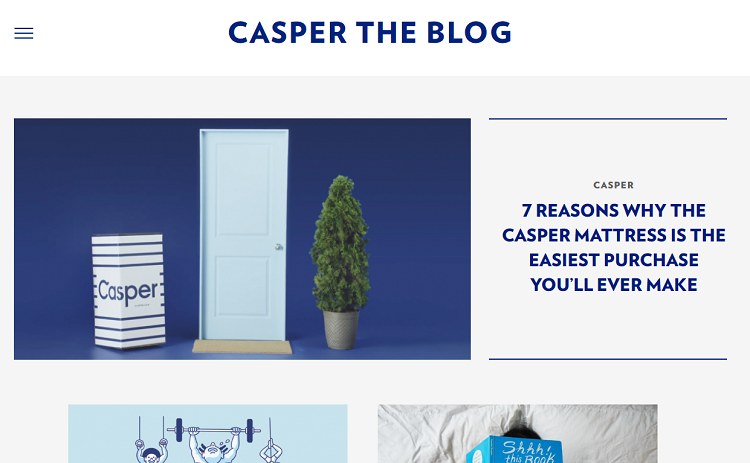Deciding whether or not to add a blog to your business to consumer (B2C) website isn't an easy process. There's some cost and effort involved in creating content for the blog. You might also wonder how effective a blog is to drawing people to your website and engaging them.
About 55 percent of marketing professionals indicate that content creation is the most important inbound marketing strategy they employ. The reason so many marketers focus on content creation is that it works on multiple levels. It can drive traffic to your site, help your brand stand out from the competition and keep your fans coming back for more through several functions, including the following seven.
1. Answer Questions
Most people search for a website because they have a question they need answered. If the furnace stops working, they may want to know if they need a technician, a replacement or a quick fix. You can help the consumer and gain their loyalty by answering the question and giving them a list of checks to perform to see what type of service they need.
Make your site the go-to for information on topics in your industry.
2. Show Your Expertise
Establish yourself as an expert by sharing your expertise in the industry. What do you know that isn't common knowledge? Share this information on your blog. Vary the topics so that you reach a wide audience of potential customers. If you sell tackle boxes, you might get site visitors who are fishermen as well as a teen who wants to use a tackle box to organize makeup. How do you reach different personas on your site? 
Diamond House Detox features a blog showing that they're experts in addiction issues. Topics range from recognizing addiction to coping with the loss of a child to addiction. They also delve into scientific studies about addiction and checklists of what to expect when detoxing or checking into rehab.
3. Educate Customers
Some industries require a lot of explanation to get the customer up to speed on how to use equipment. You can reduce a lot of time spent answering the same questions by creating articles on your blog that address the common educational issues you run into.

For example, Casper Mattresses has a blog and educates their potential customers about the best sleep routines, lifestyle advice, and of course why their mattress is far better than the competitor.
4. Entertain People
Sometimes the main reason to create content is to entertain your customers. People are adept at navigating advertising — and ignoring it! Give them something that makes them laugh, makes them think or involves them in the process, and you've created content that engages and attracts customers.
5. Convert Visitors to Leads
A well-written piece of content converts site visitors into new leads for your site. In years past, bloggers could write a quick note and grab attention, but visitors (and search engines) expect more today. Longer pieces create stronger results. About 50 percent of bloggers say that writing longer form content of 1,500 words and up gives them better results in traffic and conversions.
Put yourself in the shoes of your site visitor. Before consumers spend money, they want to know they can trust you and the product. Your blog posts should prove you know what you're talking about and highlight why your product or service works for consumers. By the time the user finishes your article, they should have peace of mind about spending their hard-earned dollars.
6. Add Value to Your Site
Blog posts add value to your site and give you an interesting piece to promote on social media. Consumers on social media want something of value — not a bunch of self-promotion. Valuable content lets you get your brand name in front of them without the heavy sales pitch.
A Blog Is an Investment
A blog is an investment of resources into something that adds value to your site. Stick with evergreen pieces that will be as valuable in two years as they are today, and build your content steadily over time. Customers should be able to rely on regular and high-quality content from you so that they'll want to bookmark your site and return in the future.
Related Posts
Lexie is a designer and typography enthusiast. She enjoys writing HTML code and creating new styles guides. In her spare time, she works on her design blog, Design Roast.







